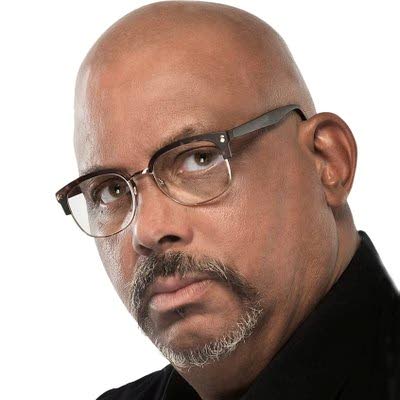What’s needed to make e-governance happen?

BitDepth#1473
Mark Lyndersay
AT THE Tech Hub Islands Summit on July 2, e-government was on the agenda and the discussion quickly turned to the essentials that must be in place to make that happen.
Karen Warnick-Elinan, public sector regional sales manager for Entrust, pointed to the establishment of a digital identity system as a cornerstone of any serious effort at e-government transformation.
“When I'm talking about identity, it’s really about how an individual can establish and connect (to systems that normally require) physical documents,” Warnick-Elinan said.
“At Entrust, we work to personalise those documents and make sure that they connect you with biometric information. There's always a need to make the solution unique and to have a local feel. That has to happen because in the end the transformation is for its citizens and its constituents. Digital transformation in government could mean many things, but mainly we are speaking of automation, digitalisation.
“That's moving what could be a manual or physical process into a more automated and online process. This could be publishing mandates, rules, having documents, services and applications moved to an online platform that allows the citizen to (serve themselves using) automated programs.
“This transformation isn't only beneficial to governments; it's also beneficial to its citizens. Governments will benefit by streamlining resources through economies of scale. But for citizens, any service that would have to be done in a large city, going in person to a government office, can be done online via a web portal or a mobile app.”
“What we have in the pipeline is E-ID, electronic identification to be able to accurately identify persons accessing any government service online,” said Cory Belfon, permanent secretary in the Ministry of Digital Transformation.
“The foundation of that is an implementation of Estonia's X-Roads (a standard for e-government data interoperability, https://cstu.io/76e34e) that allows all ministries to share information between different databases to allow you to go to one portal and be able to access services no matter where you are. You'll be able to (validate who you are) without having to go in with a birth certificate here or handing off an ID there.
“To get the gains and the analysis and the predictive models that we're looking for, the data needs to be cleaned and to be shareable. It needs to be able to move freely between entities and that's why one of the major building blocks that we have is the interoperability program that we're rolling out right now with a couple of (government) entities.”
“First of all, there has to be a political will to change, so establishing the Ministry of Digital Transformation is a very good start,” said Raul Kaidro, CEO of RaulWalter, an Estonian e-government digital identity services provider.
“Why do you digitalise? What's the reason? What's the main driver? Is it because the neighbour has done something? What's the value, especially for the end user, for the little guy? If you start a digitalisation process, the first question is what is the benefit for the end-user? (The process should) make things better for everybody. It’s good to think twice before implementing something. Simplicity is the key and at the end of the day, the benefit.”
There are hurdles to a successful government digital transformation exercise, according to Warnick-Elinan.
“If we look at successful governments that have achieved a certain level of success in these programs, some things stand out. They start with a digitalisation mandate to transform government services based on certain criteria. They start with quick wins, to generate momentum, providing several different services on a single platform and reducing the complexity of working on these different landscapes.
“Finally, they focus on the front end, making sure that the interaction being offered to the citizen is easy to follow and adopt.
"Offering a service channel which allows citizens online access services and benefits, it's important to make sure that it's a secure mechanism and the identity of that individual can be secure.
“We need to see a fully digitally integrated Trinidad and Tobago, because it's not just for us, it's for all of the upcoming generations,” said Belfon in his closing remarks.
“We need to compete globally and our economic development is critical to ensure that we have that quality of life that we are looking for and that we drive the productivity and efficiency that we would like to see in the public sector continuously. So it's really down to all of us as Trinidadians and Tobagonians to make that happen."
Mark Lyndersay is the editor of technewstt.com. An expanded version of this column can be found there

Comments
"What’s needed to make e-governance happen?"